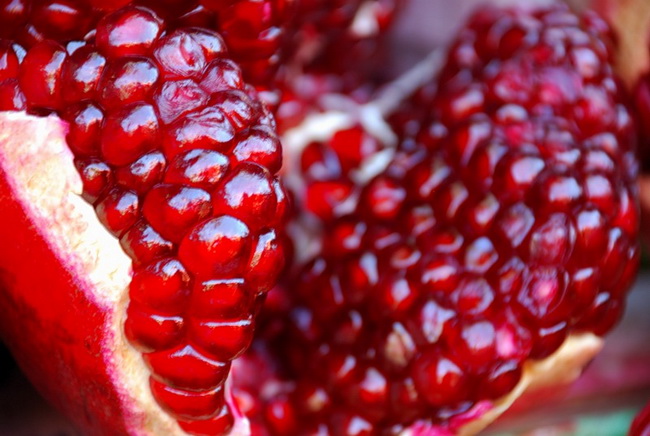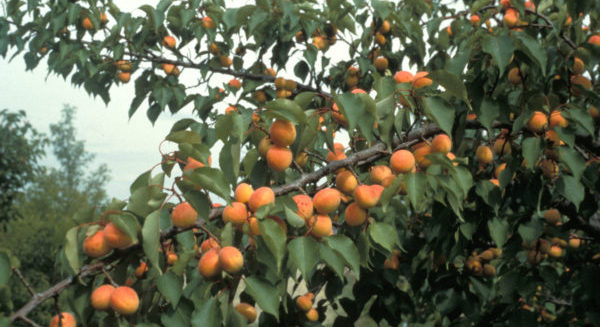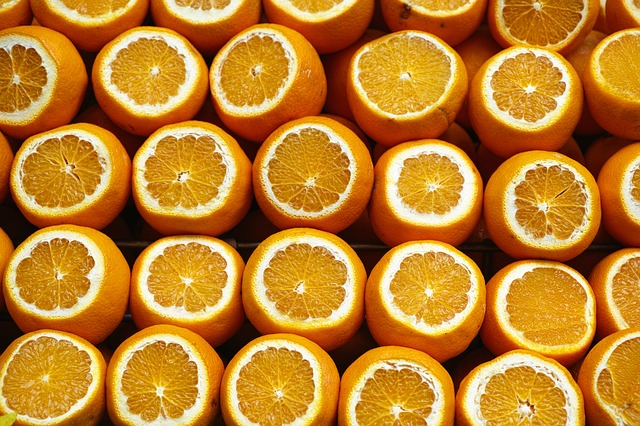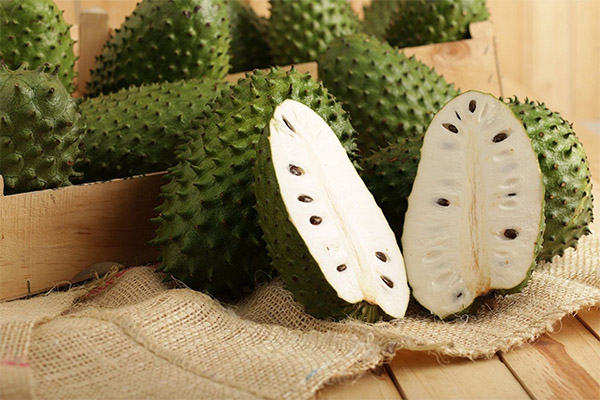Pomegranate is not just a splash of juice and deep bloody color. And not only vitamin C. It is also amazing traditions and customs.

- During the opening of the Egyptian pyramids, it was discovered that pomegranate was placed in the sarcophagus of the deceased rulers. This fruit was considered sacred and capable of giving new life. And the pomegranate tree was called “the tree of life.”
- The fruit of the pomegranate tree is mentioned in the Qur’an. The first is that the pomegranate tree grew in paradise. The second is that the Prophet Muhammad advised his followers to use the fruit of pomegranates as a remedy against envy and hatred.
- Pomegranate syrup – grenadine – is used in many alcoholic beverages as a sweetener and natural color.
- The pomegranate contains 15 amino acids, 5 of which are irreplaceable. Also, pomegranate is rich in vitamins C, A, B, PP, and potassium. And 100 grams of pomegranate contains only 70 calories, so it is ideal for people who monitor their weight.
- A common pomegranate has a maximum diameter of 18 cm and contains up to 700 seeds, covered with a succulent shell. And in the province of Sichuan in China, it was possible to grow a pomegranate, the fruit diameter of which was 48.7 cm. This is by far the largest pomegranate, and it is listed in the Guinness Book of Records.
- Pomegranates grow on short trees or bushes covered with scarlet flowers. The yield per tree is about 50-60 kg.
- Pomegranate has the ability to increase hemoglobin. Therefore, it is prescribed during anemia. Pomegranate juice diluted with water should be consumed 0.5 cups 3 times a day 30 minutes before meals for 2 months.
- Pomegranate is contraindicated for people with stomach ulcers and gastritis because it contains malic and citric acids, which disrupt the acid-base balance.
- October 26 is the annual holiday of the pomegranate in Azerbaijan. It is on the last days of the month that the days of fruit collection take place. The whole country tastes different varieties of pomegranate, juices, preserves, and has fun at dances and exhibitions. Azerbaijan is considered the only country where all varieties of pomegranate grow.
- Most of the year the pomegranate tree is hung with fruits. This is due to the long ripening period. From summer to autumn, the tree blooms, but most of the flowers are completely sterile. The fruits also ripen for a long time – 120-160 days.
- To make just 1 liter of pomegranate oil, you need 500 kg of fruit. The oil has unique cosmetic properties: it stimulates collagen production and skin regeneration. Also, due to its vitamin E and antioxidant content, it is used to treat eczema and psoriasis.
- Pomegranate inhibits genes that contribute to the development of atherosclerosis. But a useful gene that regulates the production of nitric oxide, stimulates. Thanks to this, it protects blood vessels from atherosclerotic plaques, preventing the development of heart attacks and strokes.
- Pomegranate juice has long been incorporated into Greek mythology. According to myths, the pomegranate tree was grown in Cyprus by the goddess of love, Aphrodite, therefore, pomegranate juice in Greece is called “love potion”.
- American researchers from Ohio University have found that pomegranate can prevent the development of breast cancer. Pomegranate contains useful substances that block excess estrogen synthesis, which provokes cancer.
- Pomegranate juice is sold in Turkish coffee shops as a powerful aphrodisiac.









